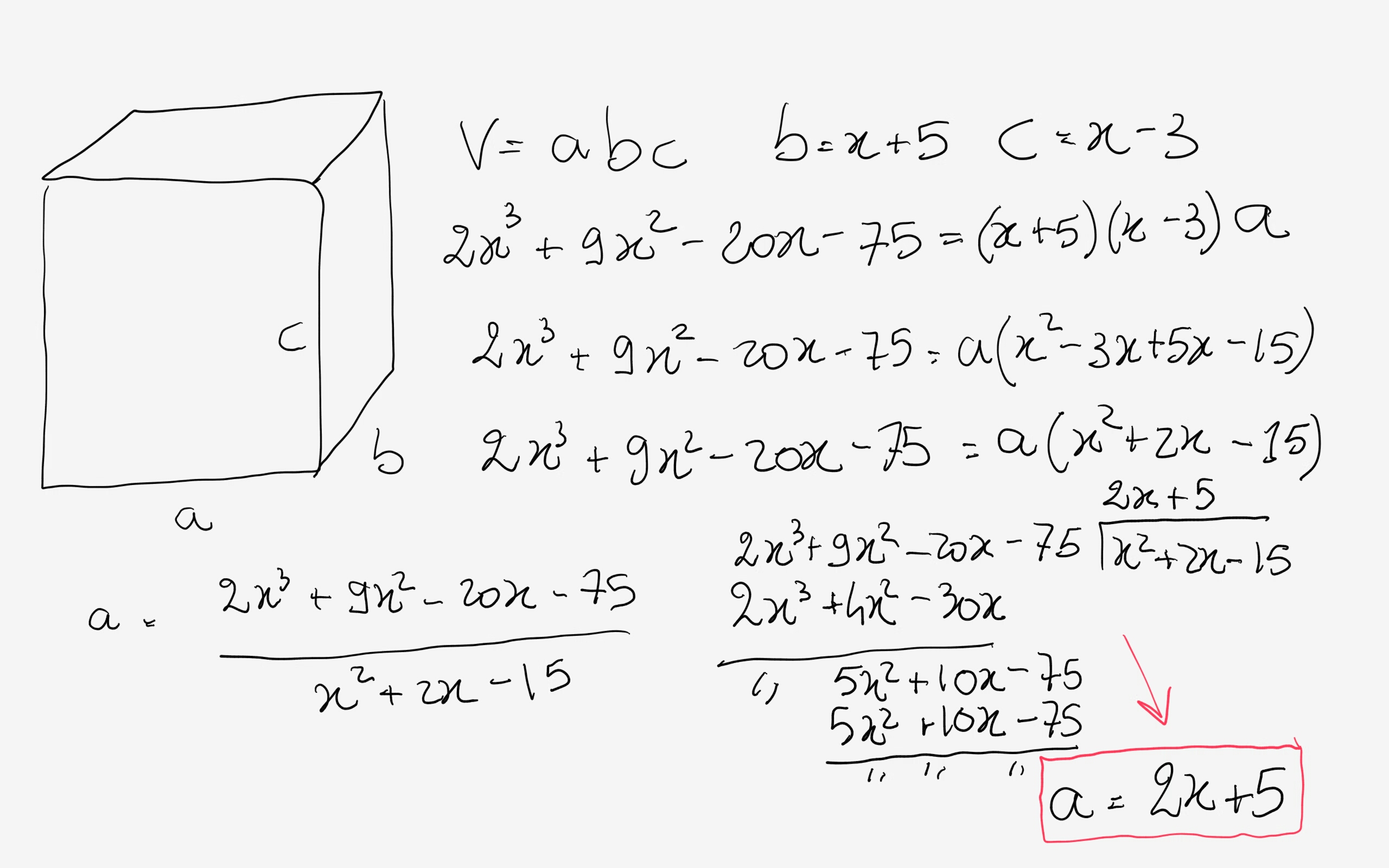

Then use the Import button to parse the source files and directories.Select a source directory in the Source Dir or compose file/directory lists in Configuration -> Import Files or Configuration -> Import Directories. dat - Rigaku DAT, RIET7/ILL_D1A5/PSI_DMC DAT, Canberra MCA, or text loader mi - MeVisLab proprietary multi-scale image format HistoFileReaderPlugin histological/pathological image formats if HistoLoad module is available in the used installation.dm4 - Digital Microfocal files, version 4 dm3 - Digital Microfocal files, version 3 Files loaded by installed FileReaderPlugins which currently are.All formats loaded by itkImageFileReader:.mlimage files loaded by MLImageFormatLoad FileReaderPlugins installed in the ML Runtime Type System.Important: Some file types can only be read if the files have the correct suffix and are part of the suffix list in Explicit File Types.įor DICOM files the following order of loaders is tested: Note that not all format versions can be read by all loaders. Specialized MultiFileVolumeList modules derived from MultiFileVolumeListBaseOutput modules can be connected to the Base output to provide access to more than one image in the volume table at once.įor import problems see the Details section.Ĭurrently supported formats are listed below. Specialized FileListFilterPlugin modules can be connected to the Base input to (pre-)filter and classify files, DICOM trees and tags before importing them. Thus pixel data is only read from DICOM frames when needed which reduce memory load. Output images are loaded on demand from the DICOM frames, and their content is not duplicated in an intermediate format. Many options are available in Configuration window (opened with the Configuration button) to view, sort, analyze, and cache the generated image volumes and to pass any of them to the ML module output. See below for a list of supported formats.Ĭlicking in the Volumes list selects the output volume and double-clicking shows volume details. While this is the usage and parameter documentation of DirectDicomImport, a functional documentation can be found in Functional Description of DirectDicomImport.Īlso many other image formats are imported, and - as well as DICOM files - are composed to volumes according to the DICOM tags or to the selected settings in the module parameters. The import of DICOM files is performed via a call to the Dicom Processor Library (DPL) and result MultiFileVolumes can be passed to other MeVisLab modules without duplicating the original data or needing an intermediate image representation. These are grouped, sorted, split, and composed to a MultiFileVolumeList under constraints defined as module parameters. DirectDicomImport is a MeVisLab module whose primary purpose is the import of DICOM and non-DICOM (image) objects.


 0 kommentar(er)
0 kommentar(er)
